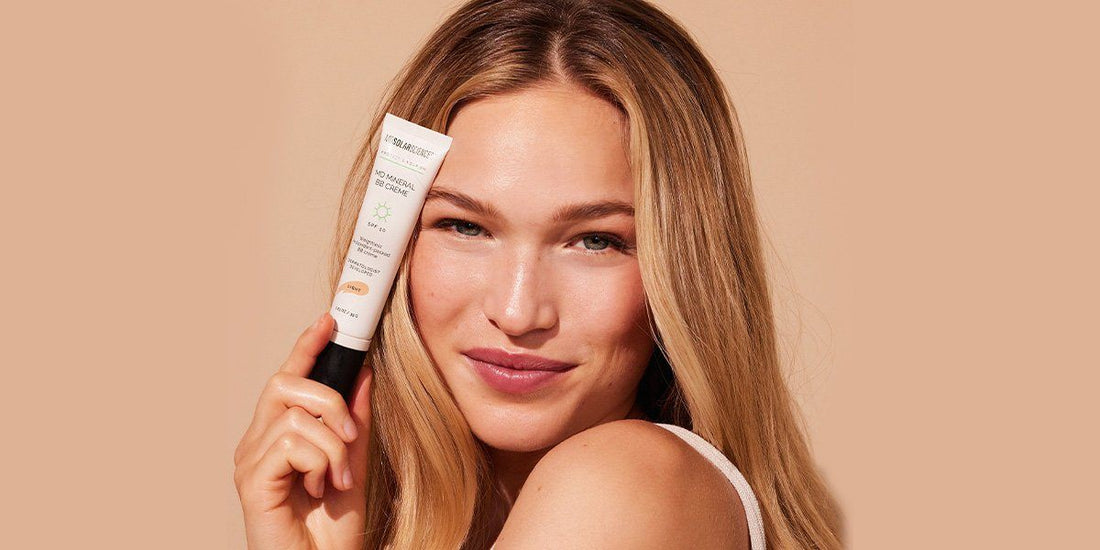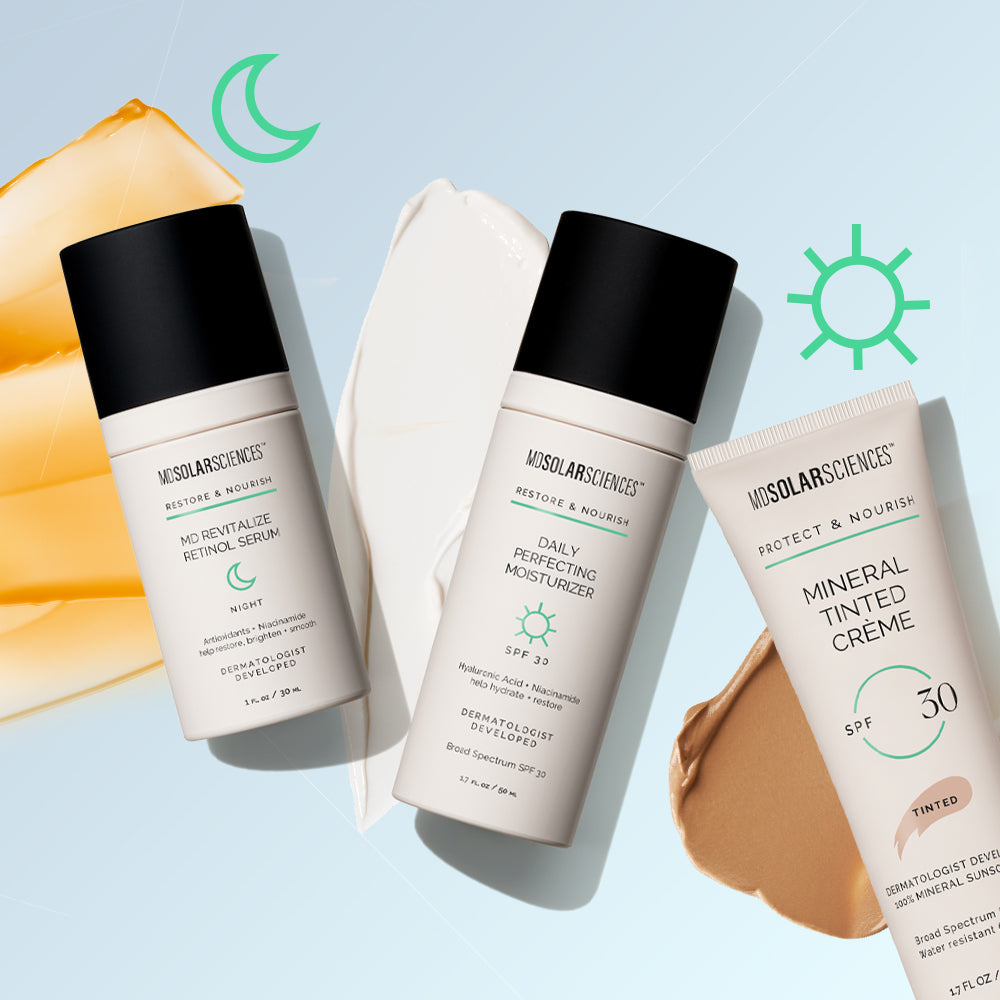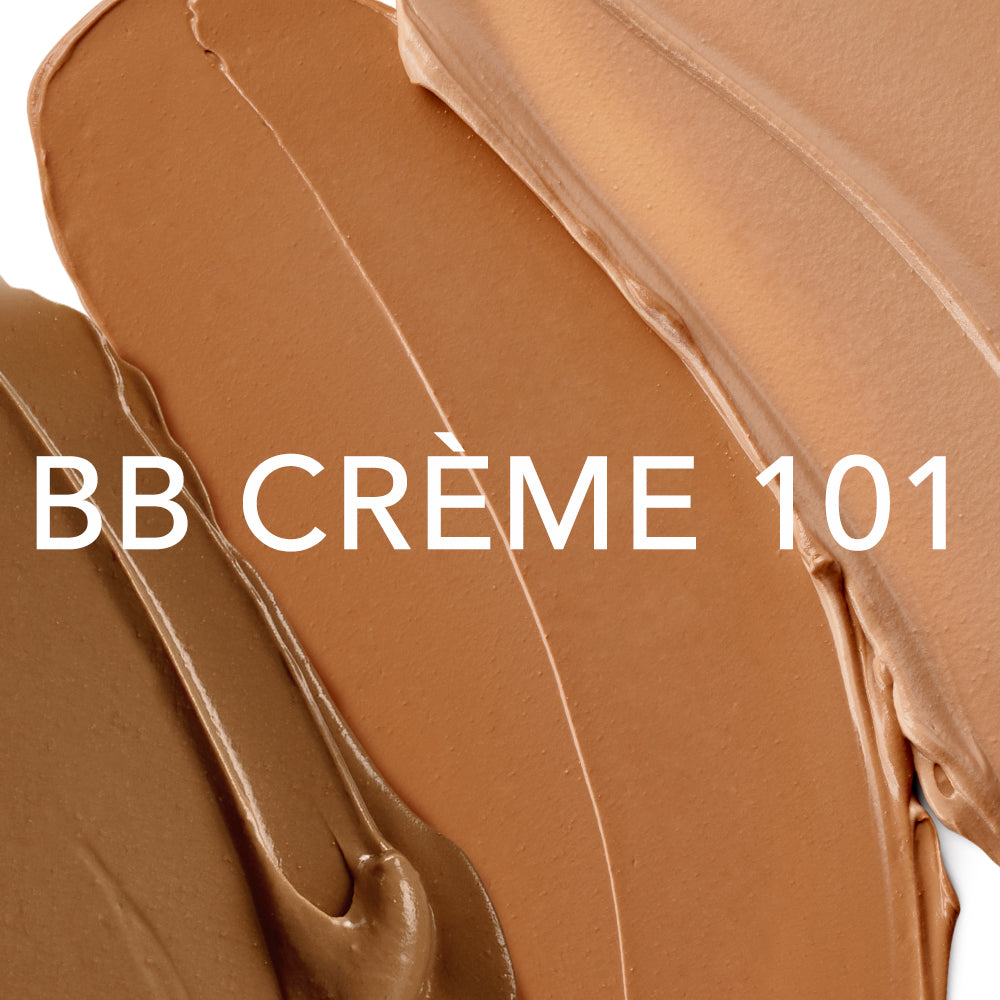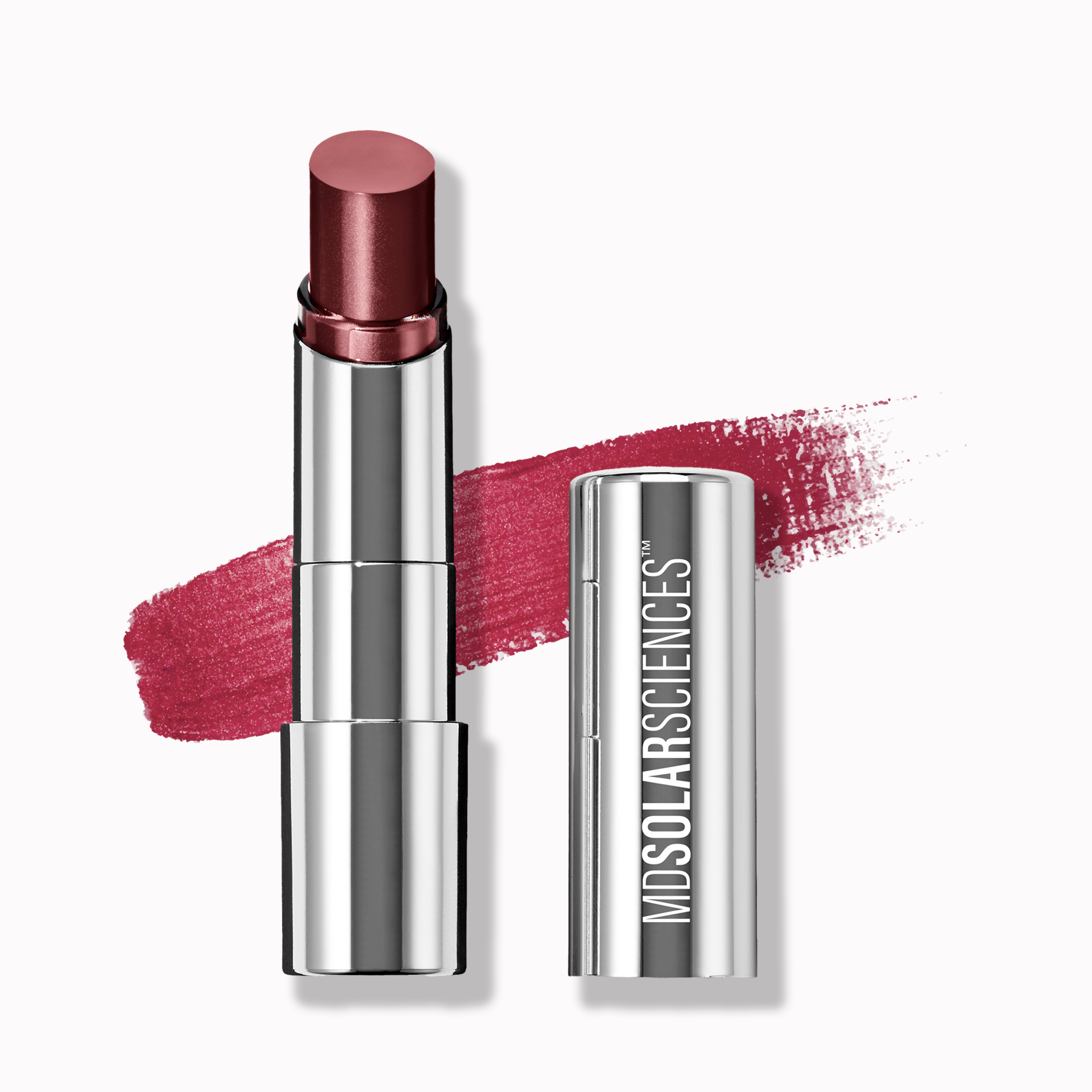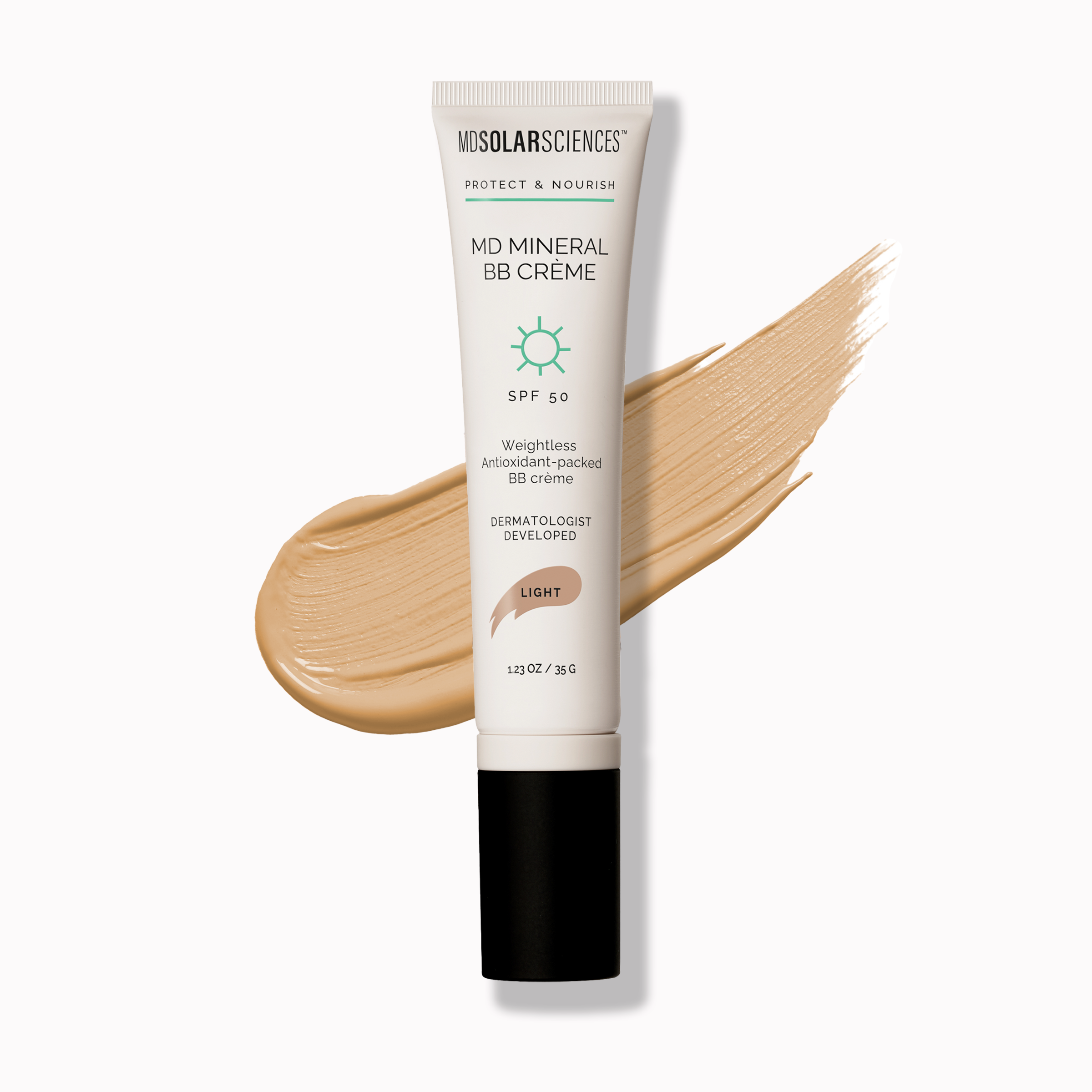You’ve probably heard about blue light by now. Maybe you’ve read that it can disrupt sleep, strain your eyes, or even affect your mood. Blue light blocking glasses and screen protectors have become popular, but lately a new category has emerged: blue light protection skincare.
So what’s the deal? Does blue light damage skin? The short answer: yes. Research suggests blue light can contribute to skin damage, premature aging, and discoloration. The good news? With the right skincare routine and a few smart lifestyle swaps, you can protect your skin from its harmful effects.
What Is Blue Light and Where Does It Come From?
Blue light, also known as high-energy visible (HEV) light, is a form of light on the visible spectrum with a very short wavelength and high energy. Unlike UVA and UVB rays, blue light isn’t just something you encounter outdoors.
Sources of blue light include:
- The sun (our largest source of blue light exposure)
- Indoor lighting such as LEDs and fluorescent bulbs
- Digital screens -> phones, laptops, tablets, and TVs
A little bit of blue light isn’t all bad. In fact, natural blue light from the sun helps regulate our circadian rhythm (aka our sleep cycle), supports alertness, and even boosts memory and cognitive function. But here’s the catch: today we’re spending more time than ever indoors, glued to screens that emit concentrated doses of blue light. Over time, that constant exposure can have consequences for your skin.
What Is the Blue Light Effect on Skin?
Unlike UV rays, which primarily damage the outermost layers of the skin, blue light penetrates much deeper, all the way into the dermis, where collagen and elastin fibers live. These proteins are responsible for keeping skin firm, smooth, and youthful.
Here’s what early research suggests about the effects of blue light on skin:
- Premature aging: By penetrating deeper than UVA or UVB, blue light may accelerate fine lines and loss of firmness.
- Hyperpigmentation: Blue light exposure has been linked to brown spots, melasma, and uneven skin tone.
- Inflammation and oxidative stress: Blue light triggers free radical formation, which damages skin cells and disrupts the skin’s repair cycle.
The tricky part? Much like sun damage, the effects of blue light aren’t immediately visible. You may not notice changes overnight, but long-term exposure can gradually accelerate skin damage, especially for anyone spending hours in front of screens daily.
Can Skincare Protect Against Blue Light?
The good news: yes, you can protect your skin from blue light damage. Dermatologists now recommend incorporating both antioxidants and mineral sunscreen into your daily skincare routine.
1. Antioxidants
Blue light exposure increases the production of free radicals—unstable molecules that damage skin cells and speed up aging. Antioxidants work by neutralizing these free radicals before they can do harm.
Some of the best antioxidants for blue light protection include:
- Vitamin C – brightens and protects against pigmentation
- Niacinamide (Vitamin B3) – strengthens the skin barrier and evens tone
- Vitamin E – helps repair damage and soothe inflammation
- Green tea extract – rich in polyphenols that fight oxidative stress
If you’re already using a daily antioxidant serum or moisturizer, you’re one step ahead in protecting your skin.
2. Mineral Sunscreen
The second line of defense? A broad-spectrum mineral sunscreen that contains physical blockers like Zinc Oxide or Titanium Dioxide. Unlike chemical sunscreens, which absorb UV rays, mineral sunscreens reflect light away from the skin, including both UV and blue light.
Look for formulas that combine SPF + antioxidants for double-duty protection. For example:
- Mineral Crème SPF 50: Lightweight, velvety texture with a soft matte finish.
- Hydrating Sheer Lip Balm SPF 30: Tinted mineral SPF that hydrates, protects, and helps reduce discoloration.
And if you’re picturing the thick, chalky zinc sunscreens of the past, think again. Modern mineral formulas are sheer, blendable, and leave minimal white cast behind.
Lifestyle Hacks to Reduce Blue Light Exposure
Skincare is only part of the solution. Since blue light comes from both the sun and your screens, small daily habits can make a big difference:
- Use screen filters: Apply a blue light filter to your computer and phone to reduce exposure.
- Adjust brightness: Lower your screen brightness by 30–50% when possible.
- Night mode: Take advantage of your device’s nighttime setting, which shifts screens to a warmer hue.
- Eat your antioxidants: Leafy greens, berries, and nuts provide natural antioxidant support from the inside out.
- Take device breaks: Whenever possible, step away from screens and spend time outdoors.
- Don’t skip SPF: Whether you’re inside or outside, sunscreen is non-negotiable for daily protection.
The Takeaway: Blue Light Protection Matters
So, what is the blue light effect on skin? In short: blue light penetrates deeper than UV rays, disrupts collagen and elastin, and contributes to premature aging and hyperpigmentation. The more time you spend in front of screens, the higher your risk of long-term blue light skin damage.
But here’s the good news, with the right routine, you can fight back. Daily use of antioxidant-rich skincare, broad-spectrum mineral SPF, and simple lifestyle adjustments can help defend your skin from the harmful effects of blue light.
At the end of the day, think of blue light like another environmental stressor, just like pollution or sun exposure. By protecting your skin now, you’re investing in a healthier, more radiant complexion for the future.



